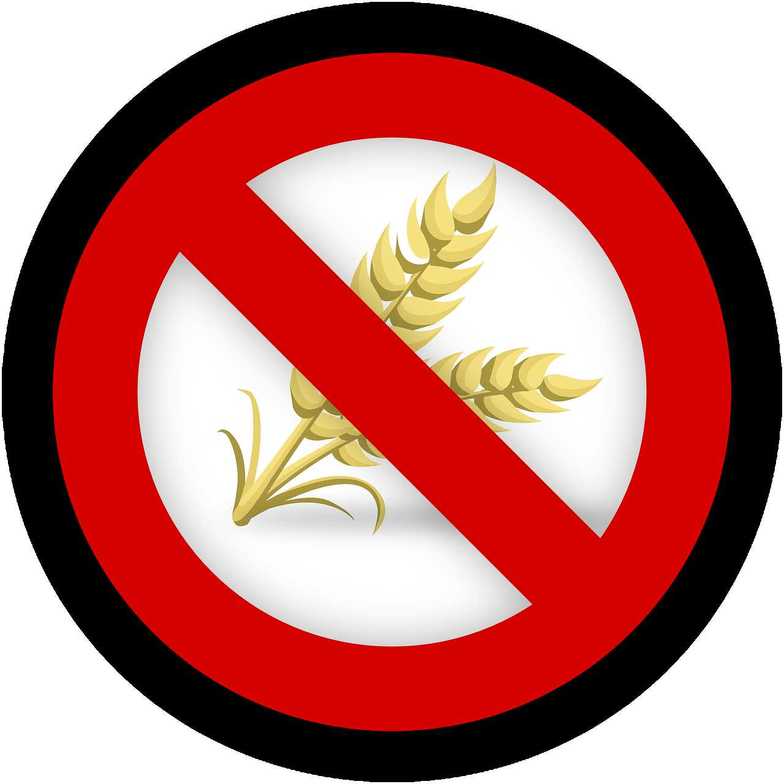
In recent years, dairy-free and gluten-free diets have gained immense popularity, with many individuals opting to eliminate these components from their diets. While some people embark on this dietary journey as a lifestyle choice or to address digestive discomfort, others do so due to specific health concerns. This article delves into the world of gluten and dairy-free diets, with a focus on Coeliac Disease, Gluten Sensitivity, and Wheat Allergy. We will explore the pathophysiology of gluten, its effects on intestinal lining permeability, and its potential connection to autoimmune diseases.
Understanding Coeliac Disease
Coeliac Disease (CD), also spelled as celiac disease, is an autoimmune disorder triggered by the consumption of gluten, a protein found in wheat, barley, and rye. When individuals with CD ingest gluten, their immune system mistakenly identifies it as a threat and launches an immune response against the small intestine. This immune reaction damages the villi, finger-like projections lining the small intestine, responsible for nutrient absorption.
Pathophysiology of Coeliac Disease:
- Immune Response: In CD, gluten consumption leads to the production of antibodies, particularly anti-tissue transglutaminase (tTG) and anti-endomysium antibodies (EMA). These antibodies target the intestinal lining, causing inflammation and damage.
- Villous Atrophy: The immune response results in villous atrophy, where the villi become flattened and blunted. This reduces the surface area for nutrient absorption, leading to the malabsorption of essential nutrients like vitamins, minerals, and carbohydrates.
- Symptoms: CD can manifest with a wide range of symptoms, including gastrointestinal issues (diarrhea, abdominal pain), fatigue, anemia, and skin rashes. However, some individuals may experience no digestive symptoms, making diagnosis challenging.
- Autoimmunity: CD is also associated with other autoimmune conditions, such as Type 1 Diabetes and Hashimoto's Thyroiditis. The link between CD and autoimmune diseases highlights the complex interplay between the immune system and gluten.
Understanding Gluten Sensitivity
Non-coeliac gluten Sensitivity (NCGS) is a condition characterized by gastrointestinal and extra-intestinal symptoms in response to gluten consumption. Unlike Coeliac Disease, NCGS does not involve autoimmune reactions or damage to the small intestine. It remains a somewhat controversial diagnosis, as there is no definitive biomarker for NCGS, making it challenging to diagnose.
Pathophysiology of Gluten Sensitivity:
- Immune Activation: In NCGS, gluten consumption triggers an innate immune response without producing autoantibodies seen in CD. This immune activation leads to symptoms but does not result in intestinal damage.
- Symptoms: Common symptoms of NCGS include abdominal pain, bloating, diarrhea, fatigue, headaches, and mood disturbances. These symptoms are often similar to those experienced in irritable bowel syndrome (IBS), making diagnosis more challenging.
- Lack of Autoimmunity: Unlike CD, NCGS does not lead to autoimmune diseases or damage to the intestinal lining, as confirmed by histological examinations.
Understanding Wheat Allergy:
Wheat Allergy is an allergic reaction to proteins found in wheat, distinct from gluten sensitivity and Coeliac Disease. It involves the activation of the immune system's IgE antibodies, resulting in a rapid allergic response.
Pathophysiology of Wheat Allergy:
- IgE Response: Wheat allergy triggers an IgE-mediated immune response. When wheat proteins are ingested or come into contact with the skin, the immune system releases histamines and other chemicals that cause allergic symptoms.
- Symptoms: Symptoms of wheat allergy can range from mild hives and skin rashes to severe anaphylaxis, a life-threatening reaction characterized by difficulty breathing and a drop in blood pressure.
- Immediate Reaction: Unlike CD and NCGS, wheat allergy symptoms occur quickly after exposure to wheat proteins, typically within minutes to hours.
The Connection Between Gluten and Autoimmune Diseases:
Research into the relationship between gluten and autoimmune diseases is ongoing. While the mechanisms are not fully understood, several theories suggest potential links:
- Intestinal Permeability: Gluten may increase intestinal permeability (leaky gut) in some individuals, allowing undigested proteins and toxins to enter the bloodstream. This could trigger or exacerbate autoimmune responses.
- Molecular Mimicry: Gluten proteins may mimic certain human proteins, leading to cross-reactivity and the development of autoantibodies. This phenomenon could contribute to autoimmune diseases.
- Immune Dysregulation: Some individuals may have an overactive immune system that reacts to gluten and other environmental triggers, potentially increasing the risk of autoimmune diseases.
Conclusion
Gluten-free and dairy-free diet has become increasingly popular for various reasons, including addressing Coeliac Disease, Gluten Sensitivity, and Wheat Allergy. Understanding the pathophysiology of these conditions is crucial for proper diagnosis and management.
While Coeliac Disease involves autoimmune responses leading to small intestine damage, Gluten Sensitivity is characterized by non-specific symptoms without autoimmunity or intestinal damage. Wheat Allergy, on the other hand, triggers an IgE-mediated allergic response.
The connection between gluten and autoimmune diseases is a complex area of study, and ongoing research aims to uncover the precise mechanisms involved. While gluten may play a role in some autoimmune conditions, more evidence is needed to establish definitive links.
If you suspect you have Coeliac Disease, Gluten Sensitivity, or Wheat Allergy, consult a healthcare professional for accurate diagnosis and personalized dietary recommendations. Ultimately, adopting a gluten and dairy-free diet should be based on medical advice and individual health needs.
Dr. Mariem Idrissi
Contact Me



